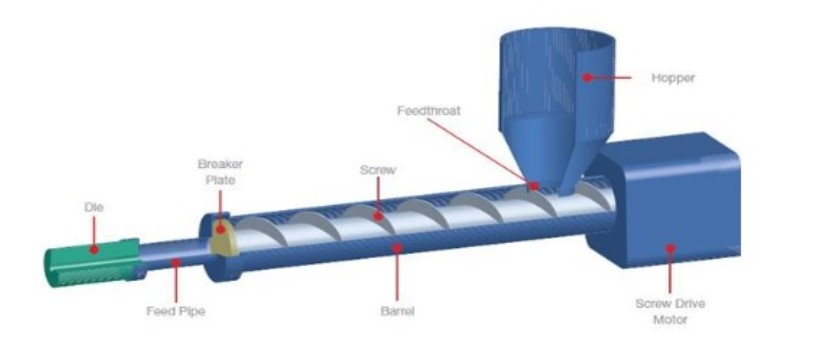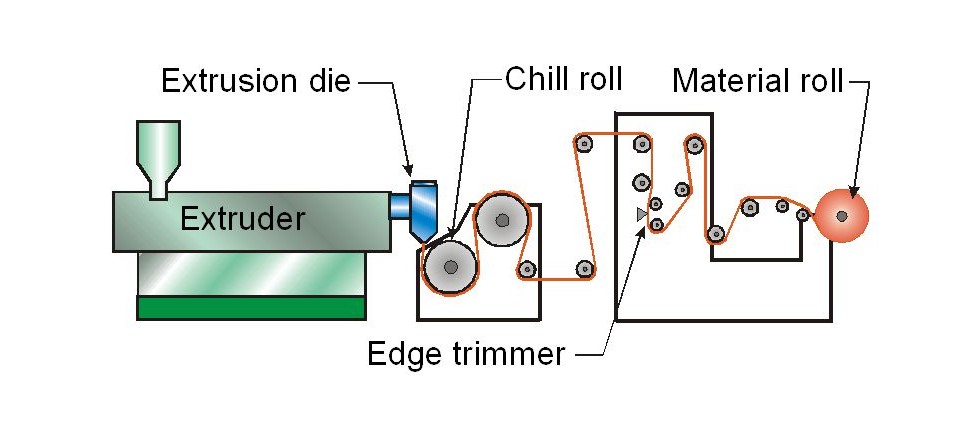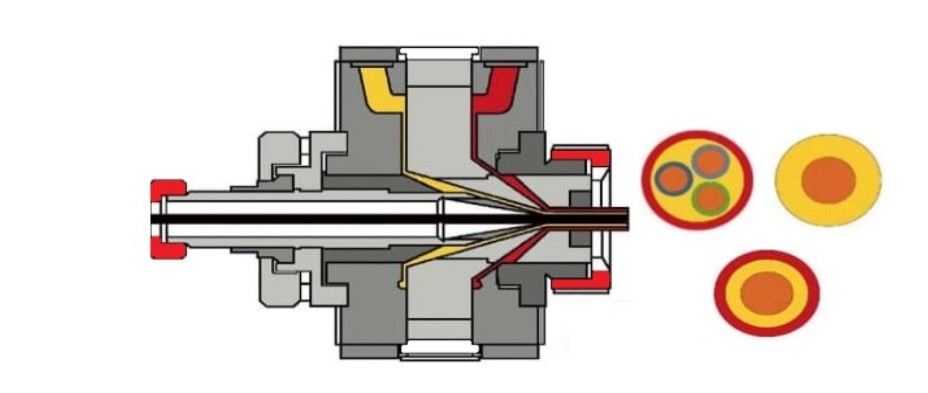Various Plastic Extrusion Processes You Should Know About
Plastic extrusion is a versatile manufacturing technique that allows for the creation of a wide range of plastic products. The type of extrusion process used depends on the desired shape of the final product. While the basic principles of plastic extrusion remain the same, various processes have been developed to efficiently handle the complexities of different shapes and applications.
In this article we will explore four main types of plastic extrusion processes commonly used in the industry.
1. Tubing Extrusion : Tubing extrusion is employed for the production of long tubes, pipes, and similar items. This process is particularly useful for creating hollow structures, which can be challenging to manufacture using other methods. The core extrusion process remains consistent until the material reaches the die. At this stage, positive internal pressure is applied to overcome the increased power requirements associated with shaping hollow parts.

2. Blow Film Extrusion: Blow film extrusion is a widely used process for manufacturing everyday items such as shopping bags and various packaging materials. Similar to other extrusion methods, the initial stages of the process are standard. However, a crucial distinction occurs at the die stage. Here, the material undergoes cooling before exiting the die.
At this point, the material does not fully solidify. Subsequently, it undergoes an additional expansion process through blowing. This method is primarily suitable for producing thinner plastic films. For thicker sheets, alternative extrusion processes are required.

3. Sheet Film Extrusion: Sheet film extrusion shares similarities with blow film extrusion but is specifically designed for thicker workpieces. In such cases, the material undergoes a pulling and rolling process to achieve the desired shape.
The rolling process serves the dual purpose of cooling the plastic and facilitating permanent solidification. This process is commonly used for manufacturing items like ice cream boxes, juice cartons, wine boxes, and other robust plastic packaging solutions.

4. Over Jacket Extrusion: Over jacket extrusion is employed in applications where complete coverage of a material with plastic is necessary, such as insulation wires. The process is straightforward: the material requiring the protective plastic coating is drawn through the die, resulting in a plastic cover.
Depending on the specific requirements and application, adhesion between the plastic and the material may be necessary. In such cases, pressure tooling is utilized to apply sufficient pressure on the material, ensuring long-lasting and effective adhesion.

In conclusion, plastic extrusion is a versatile and essential manufacturing process used across various industries to create a wide range of products. Each type of extrusion process serves specific purposes, allowing for the efficient production of items with diverse shapes and characteristics.